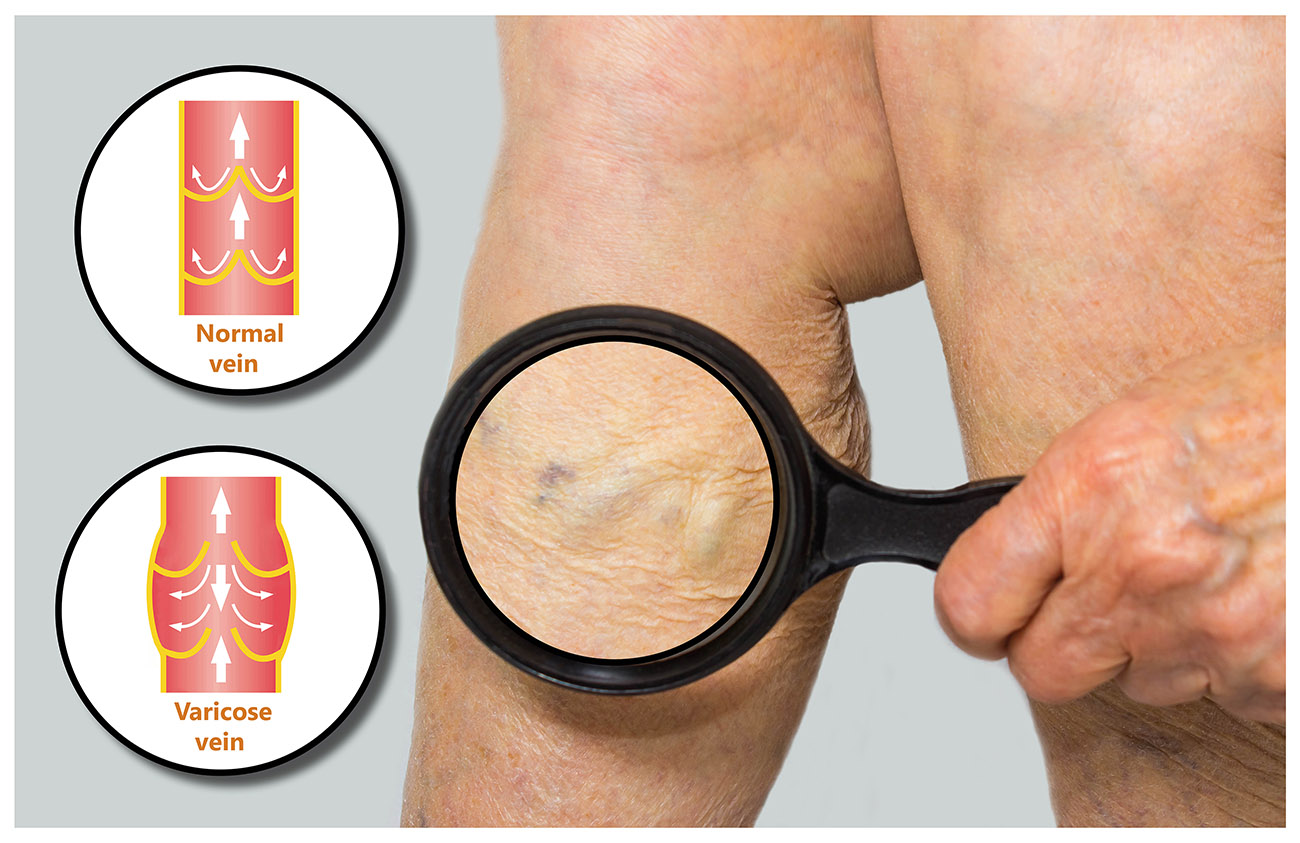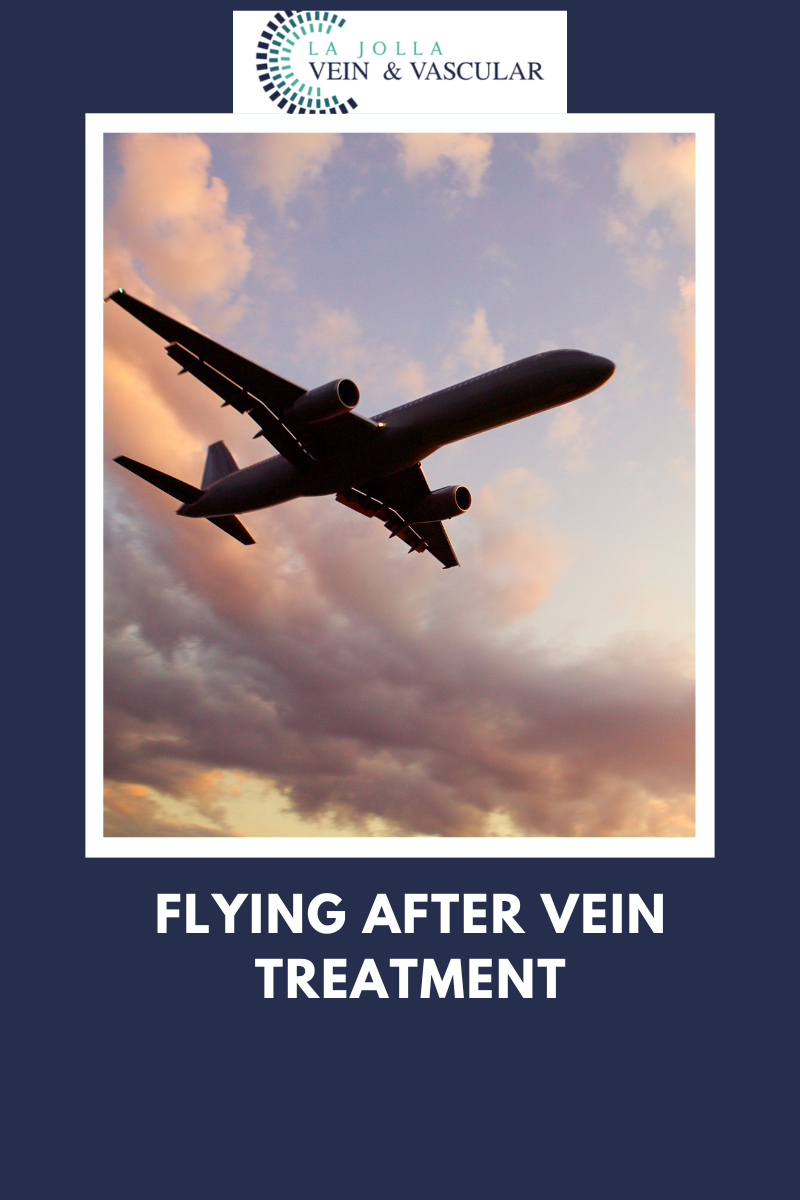How To Reduce Discomfort From Varicose Veins
How To Reduce Discomfort From Varicose Veins:
Varicose and spider veins may be treated with lifestyle changes or medical procedures.
The goals of treatment are to relieve symptoms, prevent complications, and for some to improve appearance. Lifestyle changes can ease the symptoms but do not cause the veins to vanish. These include:
- Avoid standing or sitting for long periods of time: To keep blood moving when you have to sit or stand for long periods, try these tips: at work, take walking breaks and try walking during your lunch hour. While sitting, try flexing your feet up and down 10 times an hour. When standing, raise yourself up and down on your toes or rock back and forth on your heels.
- Exercise: Exercising is good for your veins because it improves blood flow. Walking, cycling or swimming are great exercises for vein health. But be sure to check with your doctor before starting any exercise program.
- Weight loss or maintaining a healthy weight: Being overweight puts extra pressure on your veins.
- Leg elevation: Use leg elevation three or four times a day for about 15 minutes at a time. Even elevating your legs on a step stool or ottoman is beneficial. If you need to sit or stand for a long period of time, flexing (bending) your legs occasionally can help keep blood circulating. If you have mild to moderate varicose veins, elevating your legs can help reduce leg swelling and relieve other symptoms.
- Compression stockings: These elastic stockings squeeze or compress the veins and prevent blood from flowing backward. Compression stockings must be graduated, medical-grade compression to be beneficial. Over-the-counter support hose or TED hose are not adequate to reduce symptoms in venous disease for active patients.
- Supplements such as horse chestnut and grape seed extract can help reduce symptoms of venous disease
- Anti-inflammatory medications such as ibuprofen
- ice packs can be applied to veins that are tender to reduce inflammation






